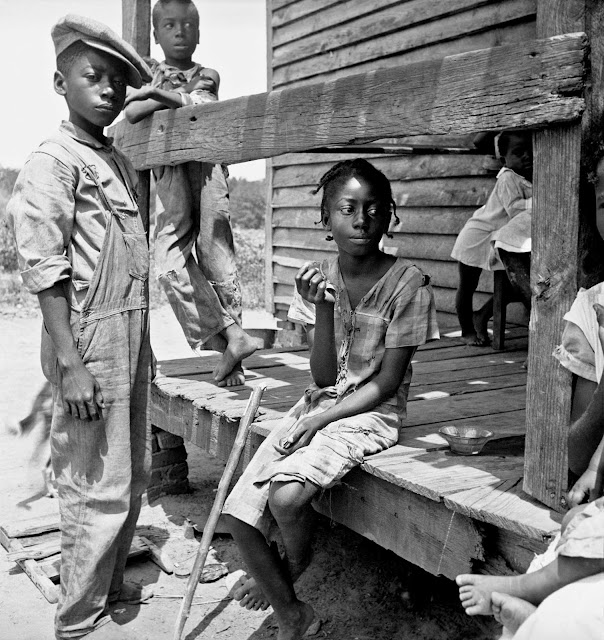DesignNphotography
DM2B
Ernst Haas
Steve Mccury
Steve Mccurry, (1950) "McCurry focuses on the human consequences of war, not only showing what war impresses on the landscape, but rather, on the human face." I love the Pakistanis girls photographs because through their eyes you could tell about the life there, they are not as fortune as we are here. One main thing he looks for in a portrait is those unguarded moments of them he stated it is the most essential soul peeking out experience on a person's face.
Yousuf karsah
Vivian Maier
Vivian Maier, (1926-2009) an interesting case of famous after death, she was never a photographer, well she was but not as a job. She was a nanny the whole time while capturing the city and the people there. She was never known for any of her photographs and many of the films were in fact not developed. It was later when people packed her things they found out. One thing for sure was she was a very mysterious person. I love her images a lot as it showed the things that was happening in that era and sadly the issues addressed in those images are still present till today. Status differences due to the skin colour and very obvious from the way they dressed. The definition of beauty in that era.
Dorothea Lange
Dorothea Lange, (1895-1965) Clearly without having to even say we all could tell that majority doesn't have a smile on their face due to the fact that it was the depression era. The black and white photographs enhances and brings out the existence of depression visually. She makes me realised that photographs can educate as as well, her depression era collection humanised the consequences of the great depression. Photographs these days are mainly and purely for visualising sake, pleasing to the eyes however a little of them actually educates or even bring awareness. Perhaps an awareness could be what I could consider to head towards for my photographs.
Burrard Lucas
Subscribe to:
Comments (Atom)


















































